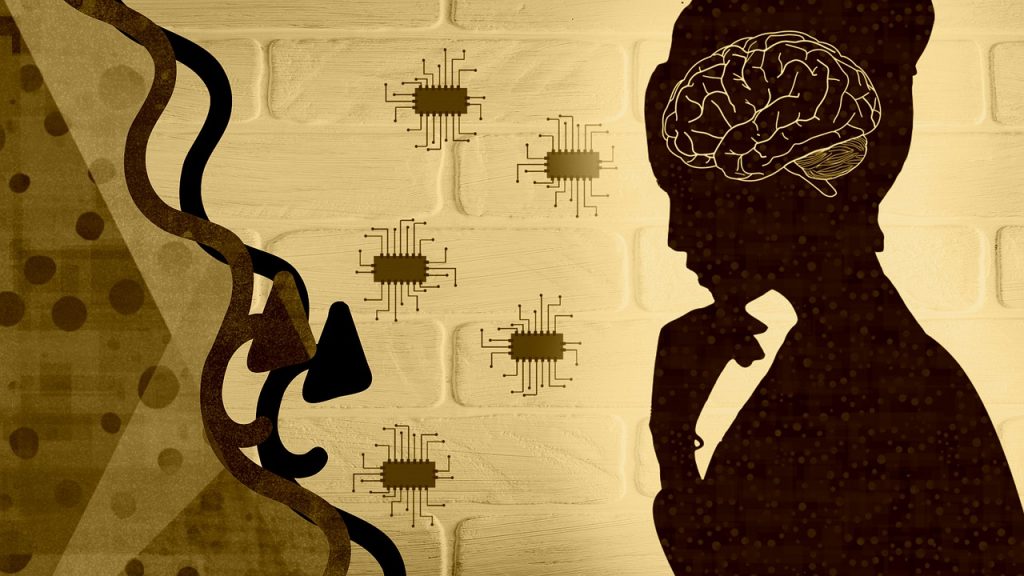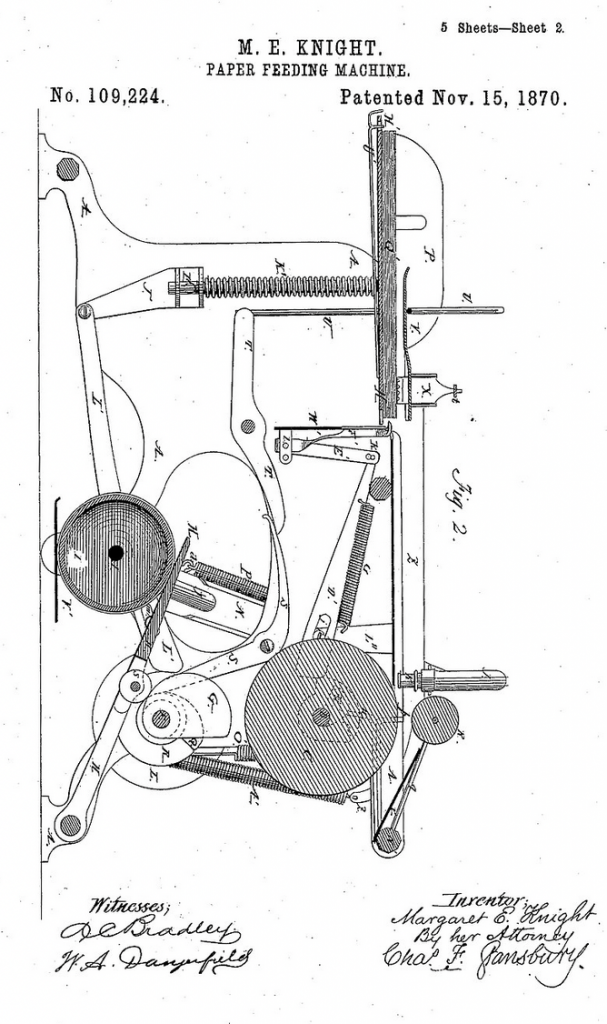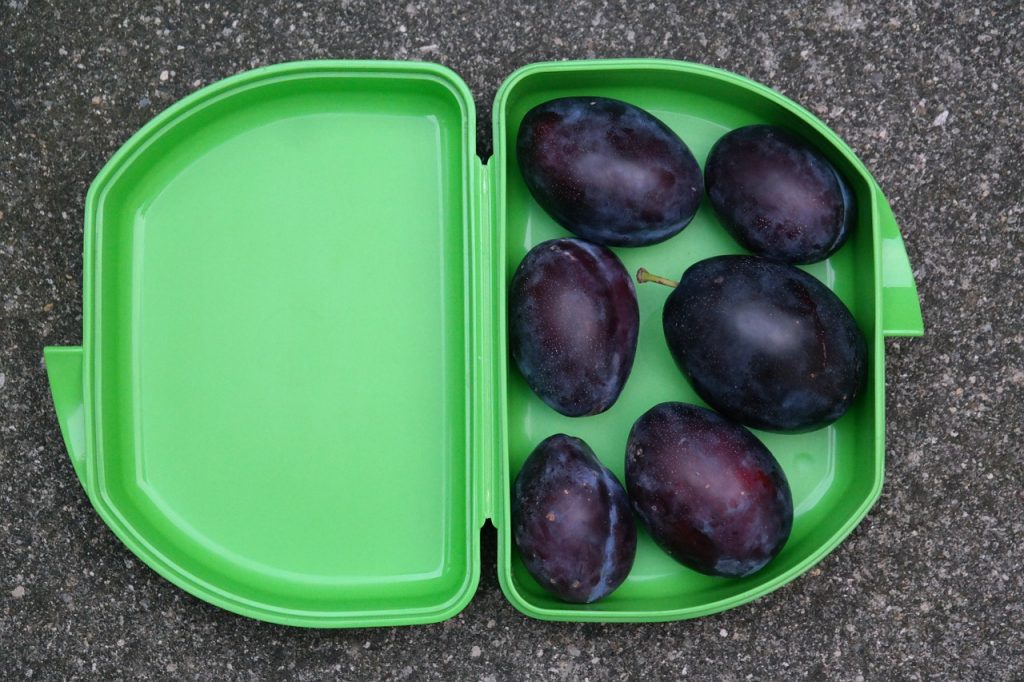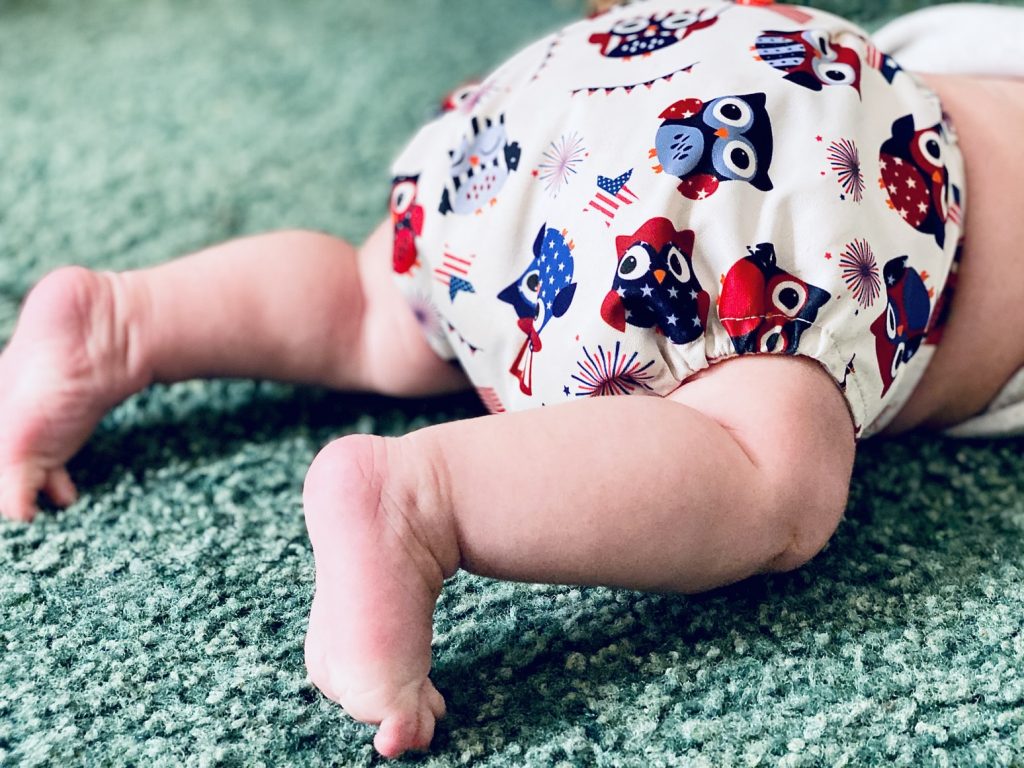Everyday Innovation

GUEST POST from John Bessant
We’re all innovators, even if we never thought of calling ourselves that…
Here’s a challenge.
Close your eyes and try to visualize an entrepreneur.
There’s a good chance that what you’ve come up with will be one of the usual suspects — Elon Musk, Jeff Bezos, Jack Ma, perhaps some of the older versions like Steve Jobs or even Thomas Edison. Hopefully there’s a fair number of women represented, players like Oprah Winfrey, Beyonce or Ariana Huffington; after all statistics show that close to half of the entrepreneurs in the world are female.
But there’s an equally good chance that you won’t have come up with some of these characters, though they all have a strong claim to be featured in our ‘entrepreneur’s gallery’. They may not have become trillionaires but they certainly made an impact. People like Margaret Knight, back in the 19th century; a natural born inventor who was famous before she hit her teens for the wooden sledges she’d fashion for local kids. Working in a textile factory she witnessed an awful (but preventable) accident in which a worker was badly injured 
She moved on through a series of jobs which gave her an appreciation of many different technologies and production processes and finally found herself at the Columbia Paper Company. Her job involved folding every paper bag This time she tried to patent her idea, only to find someone had got there first, having stolen her concept. He’d seen the potential in the design and had decided to copy it and pass it off as his own. After all who would believe that a woman factory worker could produce something so clever and complex?
But Margaret Knight was tough as well as clever; she’d kept all her working drawings and was not going to surrender meekly. Although it cost her most of her savings she was vindicated; in 1871 she was granted US Patent 116842, the first woman in the country to hold a patent. It may have been an improvement innovation but its impact was radical. Her invention revolutionized the paper bag industry Or how about Betty Nesmith Graham, a single mother working as a secretary in the Dallas headquarters of the Texas Bank. Which meant spending much of her time typing (or to be more precise, correcting the mistakes she’s made Back at work the next day it didn’t take her long to make another mistake, her fingers overstepping themselves as she tried to type faster. But this time she carefully wound the roller up a few notches, took a nail varnish pot filled with her concoction from her handbag and painted over the mistake. After a couple of minutes she picked up the mistaken page — and saw her mis-typed words erased, the letter ready for her to try again.
That was the birth of what became ‘Liquid Paper’; it wasn’t an easy journey from idea to successful business but 
Or Brownie Mae Wise, another single mother trying to keep her family afloat and working as a demonstrator for Stanley Home Products, selling door-to-door. They began experimenting with a new idea, hosting demonstration events in people’s houses and she took to it like a natural. Her social skills coupled with her sales gift meant that pretty soon she was the top agent with much of her success coming with a new product the company had just taken on for a client — Tupperware. She pioneered the idea of social marketing, turning the Tupperware party into a model which transformed the Tupperware business and led to her becoming a powerful role model for women of her time. In 1954 she was featured as the first woman on the cover of Business Week magazine.
With examples like these we clearly need to expand our picture of what makes an entrepreneur. We should, for example, add Dr Govindar Venkataswamy who worked all his life as a surgeon in India specializing in cataract treatment; on retirement he set himself the goal of bringing this operation within the reach of the rural poor in his native state of Tamil Nadu. To do so he needed to find a way of bringing down the cost from around $300 in a city hospital to $30, without compromising safety. He found an answer not in the world of healthcare but Or how about students Andrea Sreshta and Anna Stork who founded Luminaid as a response to the 2010 Haiti earthquake? They realized that there was a requirement for something beyond food, water and basic first-aid supplies — light. For vulnerable communities, access to a safe, waterproof and transportable light source, which can be powered People like them are also change agents, driven And what about the quiet unsung heroes who work away in organizations and who come up with new ideas and take them forward — they too qualify as change agents. People like George Laurer, working for IBM in the early 1970s. One Sunday afternoon he walked across the lawn to tell his neighbor Paul McEnroe (who also happened to be his boss) “I didn’t do what you asked.”
What McEnroe had asked for was a circular bullseye optical scanning code which could be printed on labels. This needed to be compatible with the scanners being installed in supermarkets for which IBM was developing technology. But Laurer could see the problem — printed circles in a high speed press risked blurring at the edges and misinformation. So instead he devised his own code, a pattern of vertical stripes, readable even under difficult lighting conditions.
McEnroe told him to go ahead with preparing his presentation for the next day anyway but didn’t exactly offer warm support, telling Laurer “…there’s nothing I can do about it now….you make the presentation but if it’s not accepted it’s going to be your butt not mine”
Fortunately for George — and IBM — the idea was accepted; it was the bar code strip, formally known as the Universal Product Code — UPC — which provides us with a continuing reminder of the power of such ‘quiet innovation’.
Another group we ought to add into our (now very large) community — user innovators. For many people in all walks of life frustration is often the Mother of Invention. They want a solution to a problem which is bugging them and they’re not afraid to experiment and hack their way to a solution which works. Very often they aren’t particularly interested in spreading their ideas more widely but if someone else can benefit then that’s OK. Examples include farmers improvising add-ons and fixes to their equipment or patients and their carers coming up with solutions to make living with chronic disease more comfortable.
For housewife Valerie Gordon-Hunter back in 1947 the frustration was the endless process of washing nappies for her three children and her dream of finding some kind of disposable version. She developed her own solution– the Paddi — made out of old nylon parachutes, tissue wadding and cotton wool which she sewed together at her kitchen table.
At the same time across the Atlantic Marion Donovan came up with the idea of a cover which would stop the contents of a dirty nappy from soiling surrounding clothes or bed linen. Once again the target was reducing the superhuman effort involved in constantly washing clothing; her invention was called the ‘Boater’ because of its resemblance to a boat. It involved a shower curtain as raw material sewn into a pair of pants which, with the addition of snap fasteners to replace safety pins, kept the nappy in place without soiling the surrounding clothes or bed sheets. And she hit on the idea of some kind of absorbent insert which could be disposable — experimenting with various mixes of cotton wool and once again nylon parachute material.

Today’s market for disposable nappies is estimated at around $10bn.
Sometimes it’s a matter of inspired improvisation. On a hot July day in 1904 at the St Louis World’s fair the ice cream seller next to Ernest Hamwi’s waffle stall hit the nightmare scenario — a queue of people wanting ice cream and no dishes left to sell it in. But Ernest came to the rescue — he had the idea of rolling one of his waffles into a cone shape, and one of the great ideas in the food world was born.
Improvisation of this kind is often something which is born out of crisis; it’s useful to remember the Apollo 13 space mission which had the world holding its breath in the aftermath of the radio message “Houston, we’ve had a problem.” At 2am on April 14, 1970 the failure of a major part of the electrical system suddenly put the crew’s lives at risk. With one of its main oxygen tanks ruptured and with the clock ticking away the teams on the ground and in the module had to improvise solutions fast. They needed to secure enough breathable oxygen for three men in a capsule only designed to take two — and so built an air purifier system using plastic covers from their flight plans, plastic bags, some sticky tape and a soggy sock!
The same kind of crisis-driven improvisation led Willem Kalff to develop the world’s first kidney dialysis machine. Because he was working during wartime under Nazi occupation in the Netherlands his was something of a ‘scrapyard challenge’; he built his machine out of salvaged car and washing machine parts, orange juice cans and sausage skins.
It’s the same kind of spirit that led to ‘citizen innovators’ developing a wide range of apps to help deal with the aftermath of the 2010 Haiti earthquake; their solutions included crisis mapping, reuniting displaced families, mobilising an alternative banking system to help distribute aid and crowdsourcing design information to feed 3D printers creating urgently needed medical spare parts.
We could go on but the point is clear. Innovation– creating value from an idea — is something which all sorts of people do in many different contexts. Peter Drucker’s famous comment is helpful here; ‘innovation is what entrepreneurs do’. We’re familiar with the start-up but that’s only one of the many places in which we might find ‘entrepreneurs’ — people who make change happen.
In fact we are all potentially entrepreneurs — think about situations like these in your own life. Standing in a queue and turning over in your mind the thought that ‘there has to be a better way…’ You’re beginning the same kind of mental journey of innovation, frustration prompting you to think of alternative solutions. Or look around your home and list all the little hacks you’ve put in place to solve problems or make life easier. Innovation, once again.
We shouldn’t be surprised; after all this is something human beings have been doing for thousands of years. Our survival as a species rather depended on being able to come up with now solutions to the problem of not being eaten or having enough to eat ourselves. We’re not big or fast — but we do have half a kilogram of grey stuff inside our heads which is pretty useful at coming up with new ideas.
This isn’t just semantics. At a time when we need as much innovation as we can get (never mind trying to survive a pandemic we also have a planet whose future is in considerable doubt unless we change things pretty fast and radically) mobilizing the skills of innovation is an urgent priority. Not for nothing are efforts being made to introduce the core skills of entrepreneurial behavior to everyone from kindergarten kids through to care home residents.
And the good news is that we have learned a lot about what those skills involve; far from entrepreneurs being somehow magically different (like unicorns) we now understand the core elements in the craft. Turning ideas into value is about learning to make a journey and we have a map for that which has been drawn from over 100 years of experience of success (and failure) — a kind of supercharged ‘Trip Advisor’ or Hitchhiker’s Guide.
It still helps to have a growth mindset and plenty of ‘grit’ — being prepared to persevere in the face of obstacles and learning to manage failure as part of the process. But thinking about how to develop our skills as an ‘everyday entrepreneur’ might be a good resolution for kicking off the 2022 new year.
Image credits: Pixabay, USPTO, Unsplash
![]() Sign up here to get Human-Centered Change Innovation Weekly delivered to your inbox every week.
Sign up here to get Human-Centered Change Innovation Weekly delivered to your inbox every week.
